When it comes to golf equipment, few names command as much respect as Callaway. Renowned for pushing the boundaries of technology and performance, Callaway’s Epic Max Star Driver stands out in the market. In this guide, we’ll dive deep into what makes this driver a game-changer for golfers. From its innovative features to practical tips for maximizing your performance, we will cover everything you need to know.
What Makes the Callaway Epic Max Star Driver Unique?
The Callaway Epic Max Star Driver is designed to help golfers achieve greater distance, control, and overall performance. But what exactly differentiates it from its competitors?
Key Features of the Epic Max Star Driver
- Lightweight Construction: The Epic Max Star is engineered with lighter materials that allow for faster swing speeds, helping golfers achieve maximum distance.
- Increased Forgiveness: With its advanced Artificial Intelligence (AI) design, this driver offers optimized performance even on off-center hits.
- High Launch Angle: The driver is optimized to provide a high launch angle, which is essential for maximizing distance and carry.
- Adjustable Weights: This feature helps players customize their shot shape and performance to suit their individual playing styles.
- Flash Face Technology: This advanced technology promotes faster ball speeds, even on mishits.
Why Choose the Epic Max Star Driver?
Choosing the right driver is crucial for improving your game. The Epic Max Star Driver excels in several areas:
- Versatility: Suitable for golfers of all skill levels, this driver accommodates a wide range of playing styles.
- Performance Enhancement: It provides excellent ball speed and trajectory control, essential elements for maximizing distance.
- Aesthetics and Feel: With its sleek design and comfortable grip, the Epic Max Star feels as good as it looks.
 Callaway Epic Max Star Driver
Callaway Epic Max Star Driver
Breaking Down Performance Elements
Understanding the performance elements of the Epic Max Star Driver can help you make the most out of this impressive piece of equipment.
Distance and Speed
Achieving greater distance often starts with maximizing swing speed. The lightweight construction of the Epic Max Star Driver allows golfers to swing faster without sacrificing control. The Flash Face Technology enables the driver to deliver explosive ball speeds.
Spin Control
Spin can significantly affect your shot distance and accuracy. The Epic Max Star features an optimized center of gravity that helps reduce unwanted spin, allowing you to achieve longer drives with better accuracy.
Launch Conditions
Thanks to its high-launch design, the driver encourages optimal launch angles. This is particularly beneficial for golfers looking to hit the ball higher into the air for maximum carry distance.
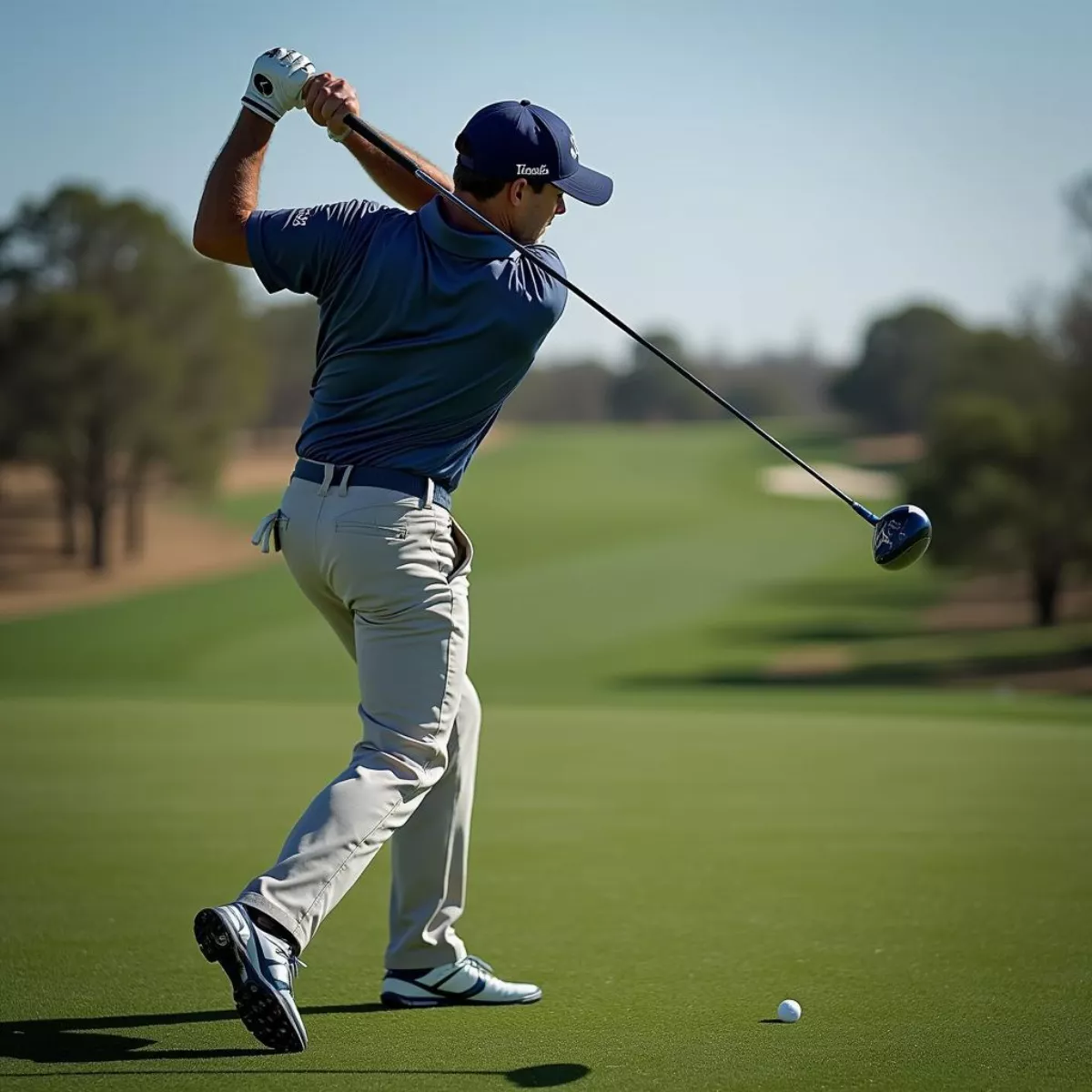 Golfer Teeing Off
Golfer Teeing Off
Customization
With adjustable weights and hosel settings, you can tweak the driver to your liking. This customization means you can fine-tune your launch angle, spin rate, and shot shape, optimizing the driver for your specific needs.
Tips for Using the Callaway Epic Max Star Driver
To get the most out of your Callaway Epic Max Star Driver, consider the following tips:
- Adjust Weights Properly: Don’t hesitate to experiment with different weight configurations to find what works best for your swing.
- Consistent Practice: Regular practice will help you fine-tune your swing and develop consistent contact with the face of the driver.
- Use the Right Ball: Pairing the Epic Max Star with a quality golf ball that’s suited for your swing speed can enhance performance.
- Focus on Swing Speed: Work on generating swing speed through drills to fully capitalize on the lightweight design.
- Get a Professional Fitting: Consider getting a custom fitting from a professional to ensure the driver suits your physical characteristics and swing mechanics.
 Adjustable Weights
Adjustable Weights
Callaway Epic Max Star Driver Specifications
The following table summarizes the key specifications of the Callaway Epic Max Star Driver:
| Feature | Description |
|---|---|
| Loft Options | 9°, 10.5°, 12° |
| Lie Angle | Adjustable (varies with settings) |
| Weight | Lightweight construction (~286 grams) |
| Face Material | Flash Face (AI-designed) |
| Shaft Options | Various (flex options available) |
| Warranty | 2 years |
Key Takeaways
- The Callaway Epic Max Star Driver is engineered for golfers seeking distance and forgiveness.
- Lightweight construction and advanced AI technology contribute to faster swing speeds and optimized performance.
- Customization via adjustable weights allows for personalized settings to suit individual playing styles.
- Consistency in swing mechanics and practice is crucial for maximizing the benefits of this driver.
Frequently Asked Questions (FAQ)
1. What swing speed is the Callaway Epic Max Star Driver best for?
- The Epic Max Star is ideal for moderate to high swing speeds but can benefit golfers of all levels.
2. Is this driver suitable for beginners?
- Yes, the Epic Max Star offers excellent forgiveness, making it a great choice for new golfers.
3. How do I adjust the weights on the driver?
- The weights can be adjusted using a simple wrench that typically comes with the driver.
4. What is the price range for the Callaway Epic Max Star Driver?
- Prices can vary, typically ranging from $499 to $599 depending on the retailer and any promotional offers.
5. Does Callaway offer a warranty on the Epic Max Star Driver?
- Yes, there is a standard 2-year warranty for the driver covering manufacturing defects.
6. Can I use this driver in different weather conditions?
- Absolutely! The driver is designed to perform well in various conditions, but make sure to choose the appropriate ball for varying conditions.
7. What is the best type of golf ball to use with this driver?
- A high-quality distance ball that suits your swing speed and gives you the best combination of distance and feel.
8. Is it worth upgrading from a standard driver to the Epic Max Star?
- If you’re looking to improve your performance and increase your distance, many golfers find that the upgrade is worthwhile.
9. Where can I purchase the Callaway Epic Max Star Driver?
- You can find it at major sporting goods retailers, golf shops, and various online platforms including Callaway’s official website.
10. How often should I get my driver fitted?
- It’s a good idea to get fitted if your swing changes significantly or every couple of years to ensure you’re using the right specifications.
The Callaway Epic Max Star Driver combines innovative technology and thoughtful design to cater to a wide range of golfers. Whether you’re a novice seeking consistency or an experienced player aiming for competitive distances, this driver may just be the perfect fit for you. Happy golfing!

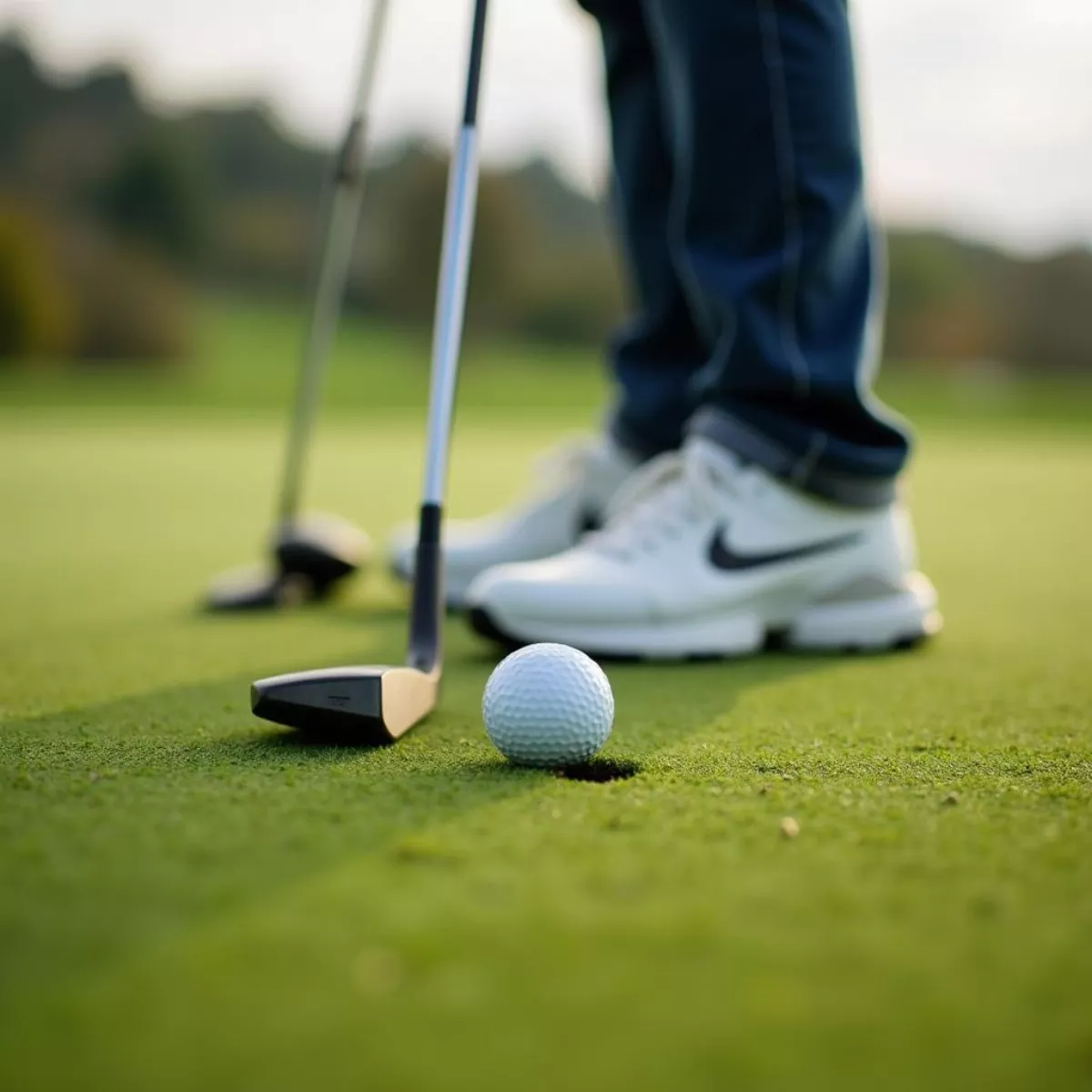 Golfer putting on green
Golfer putting on green Golf course with flag and sand trap
Golf course with flag and sand trap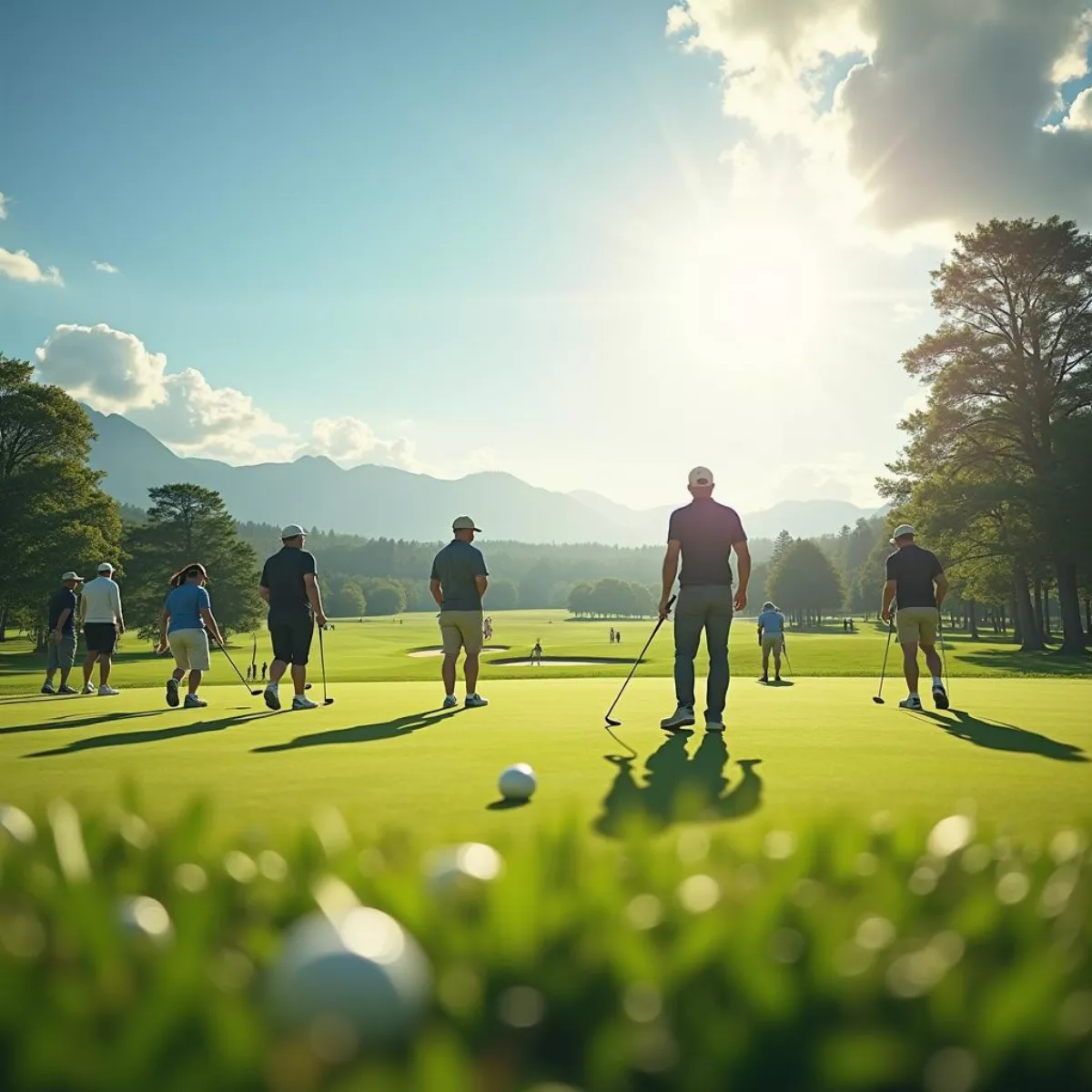
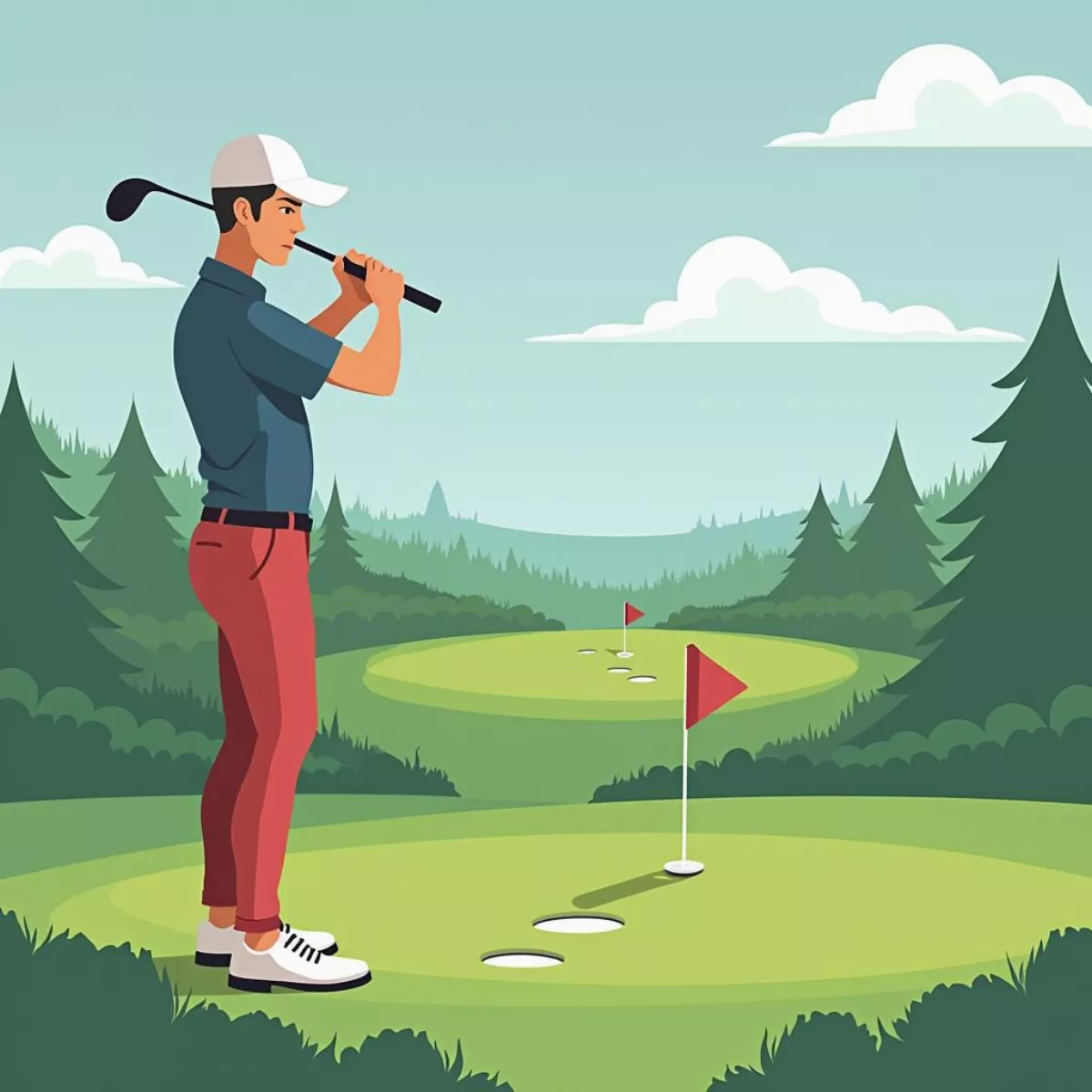 Golfer Preparing for a Shot
Golfer Preparing for a Shot 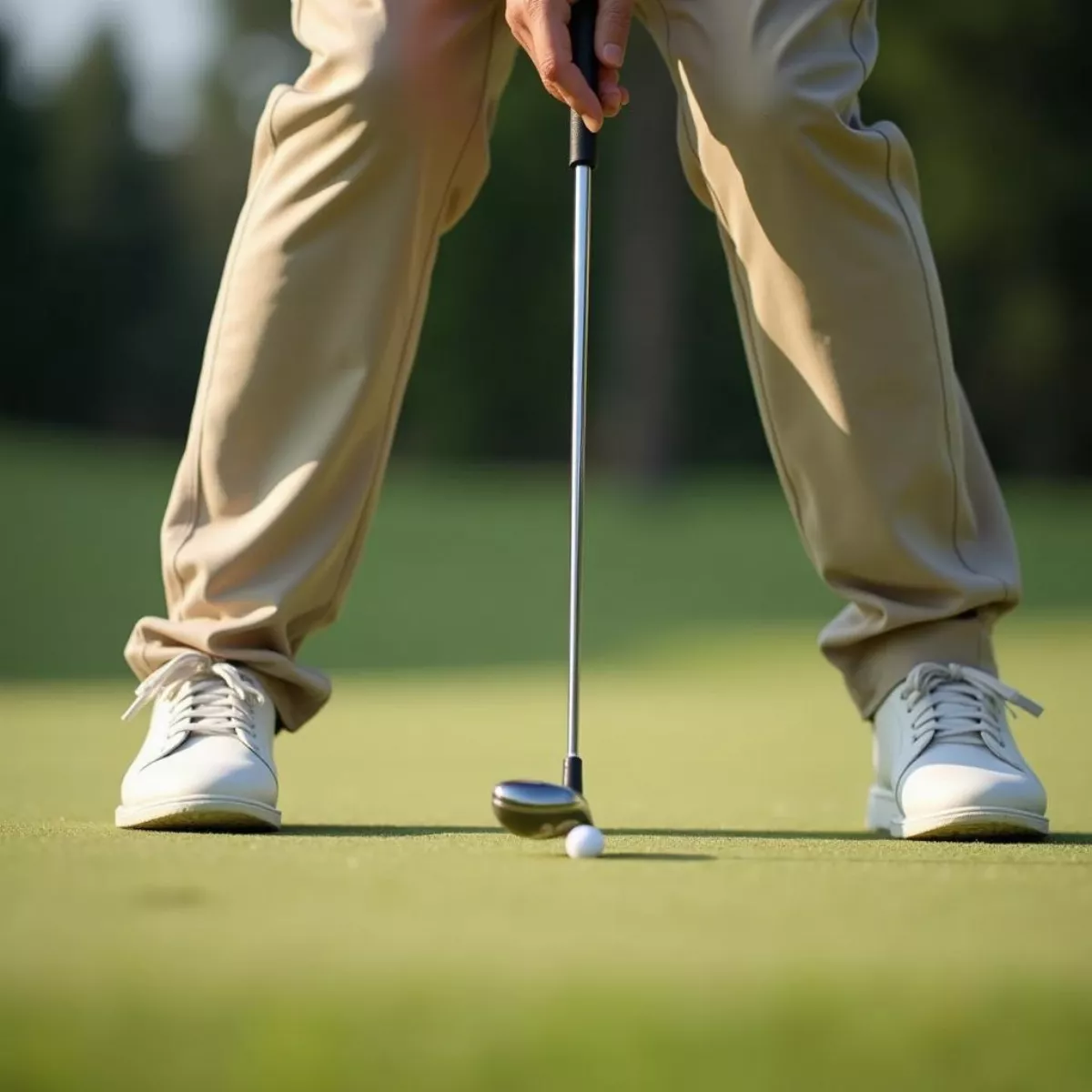 Golfer Practicing Putting
Golfer Practicing Putting Group of Golfers on Driving Range
Group of Golfers on Driving Range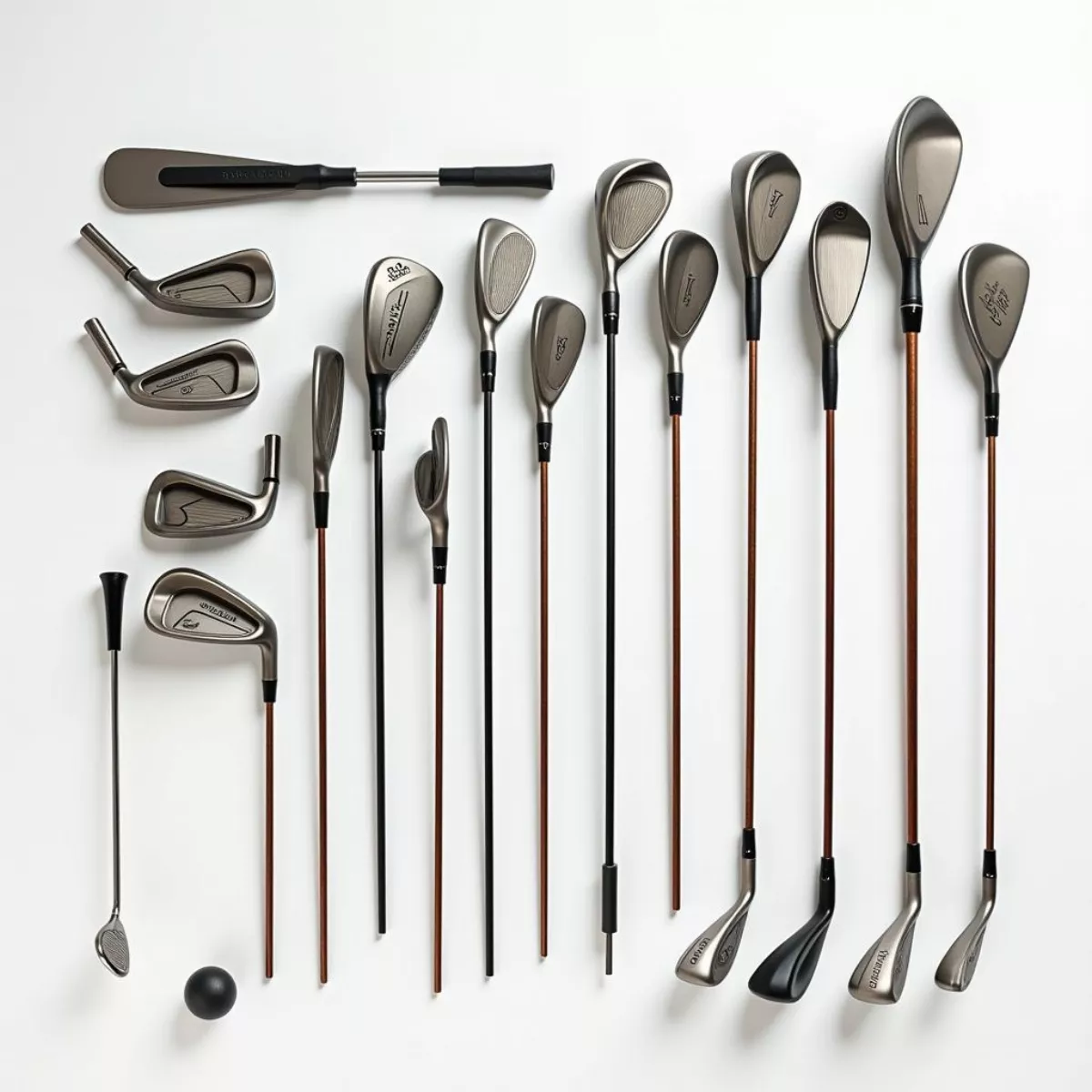
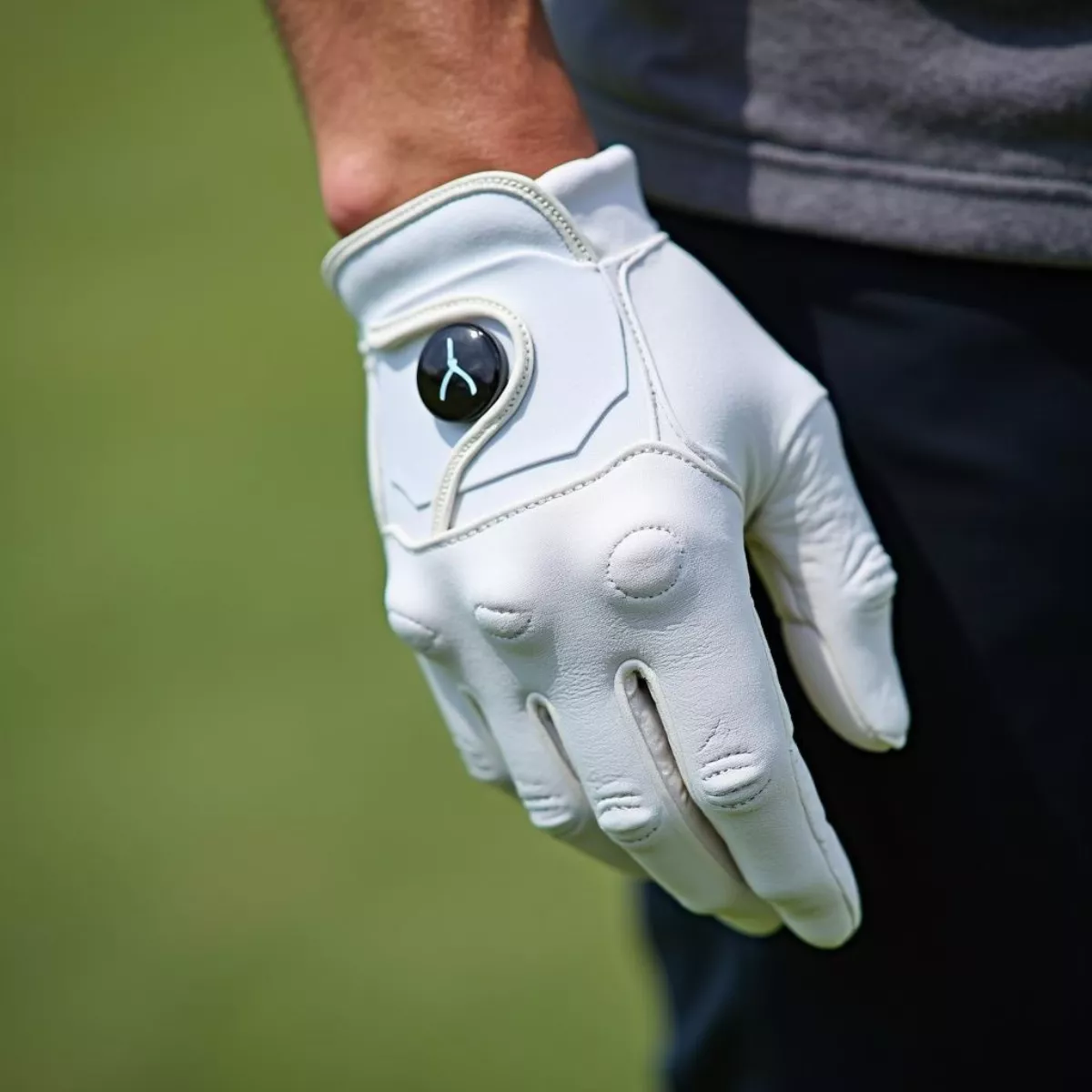 Golfer's hand wearing a golf glove
Golfer's hand wearing a golf glove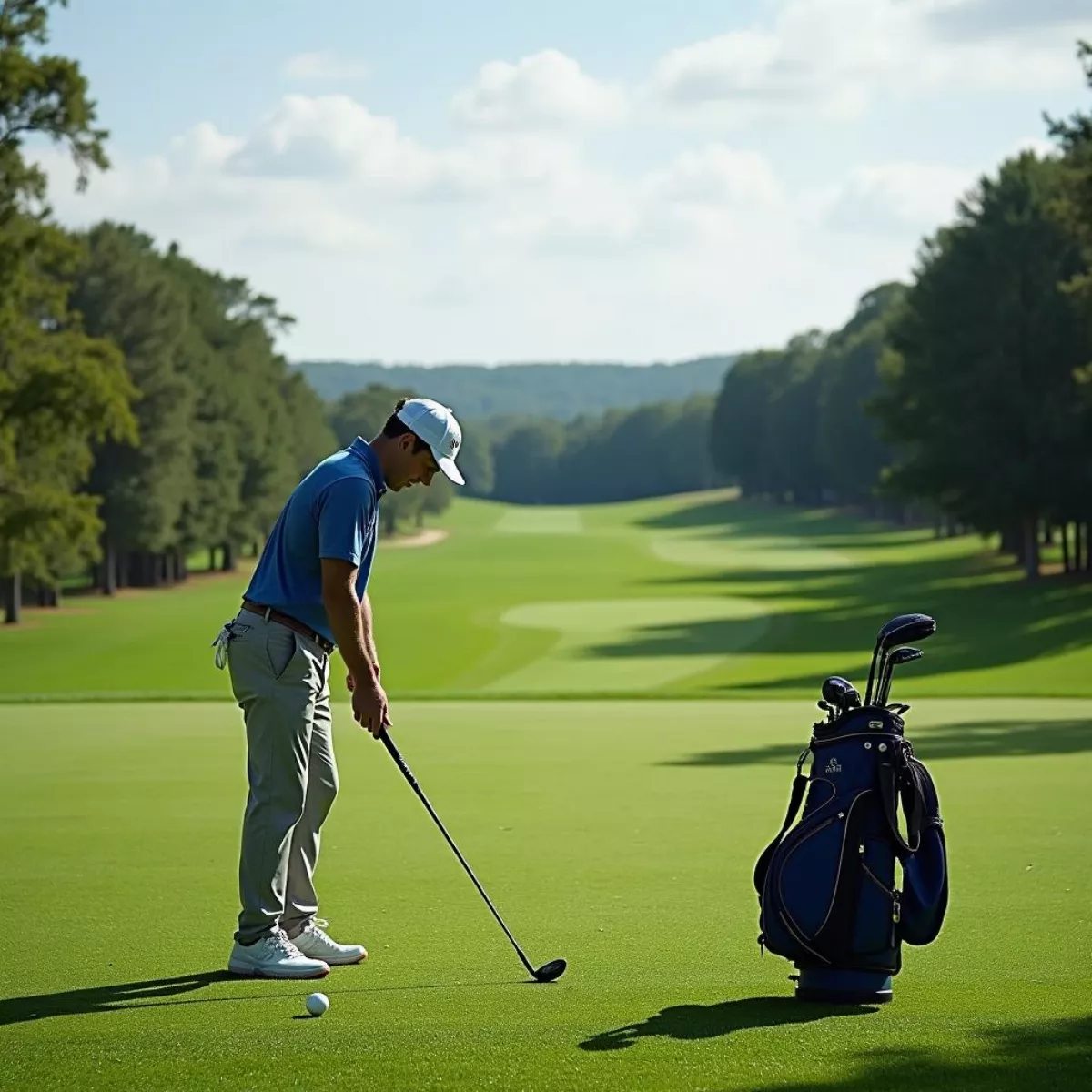 Golfer on the course preparing to take a shot
Golfer on the course preparing to take a shot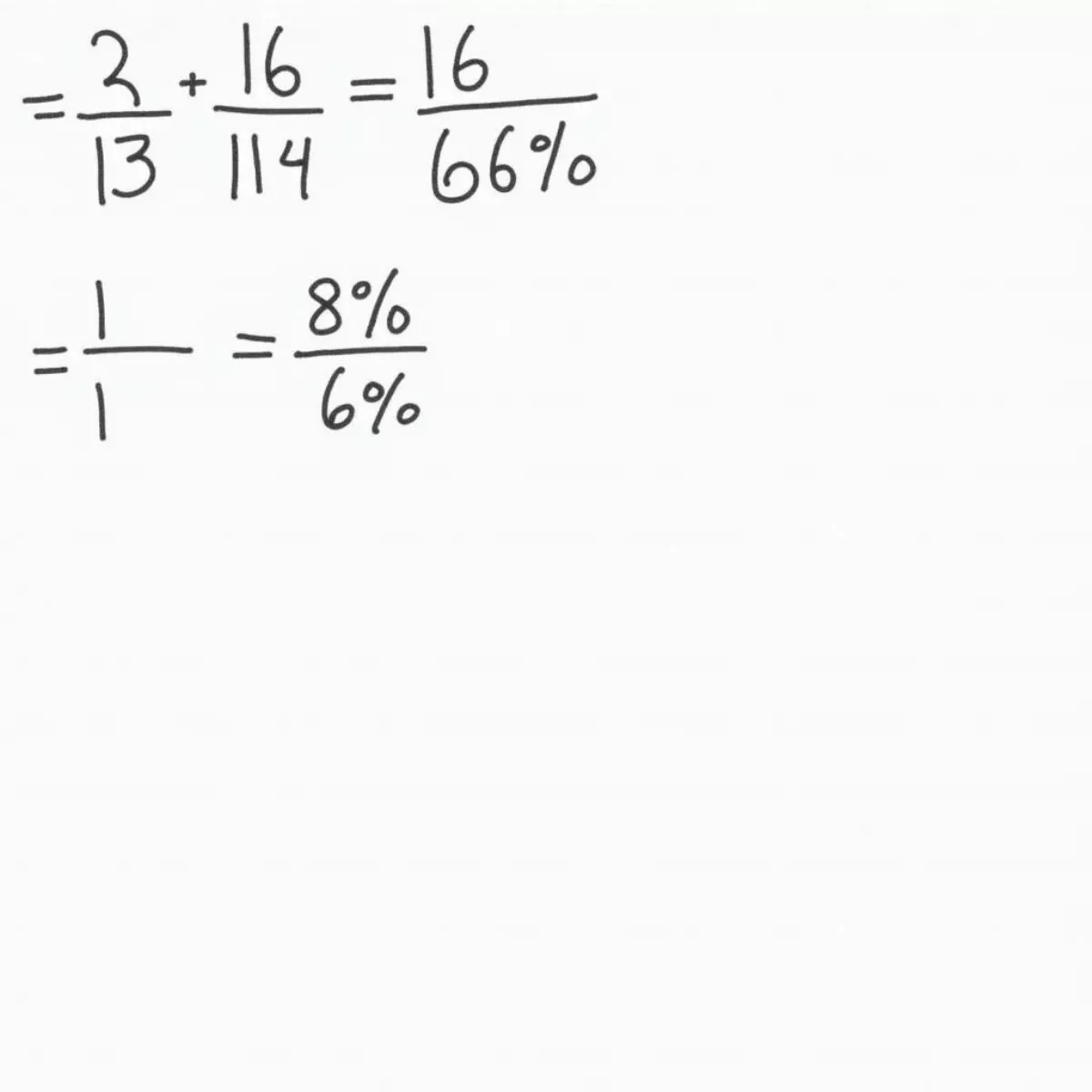
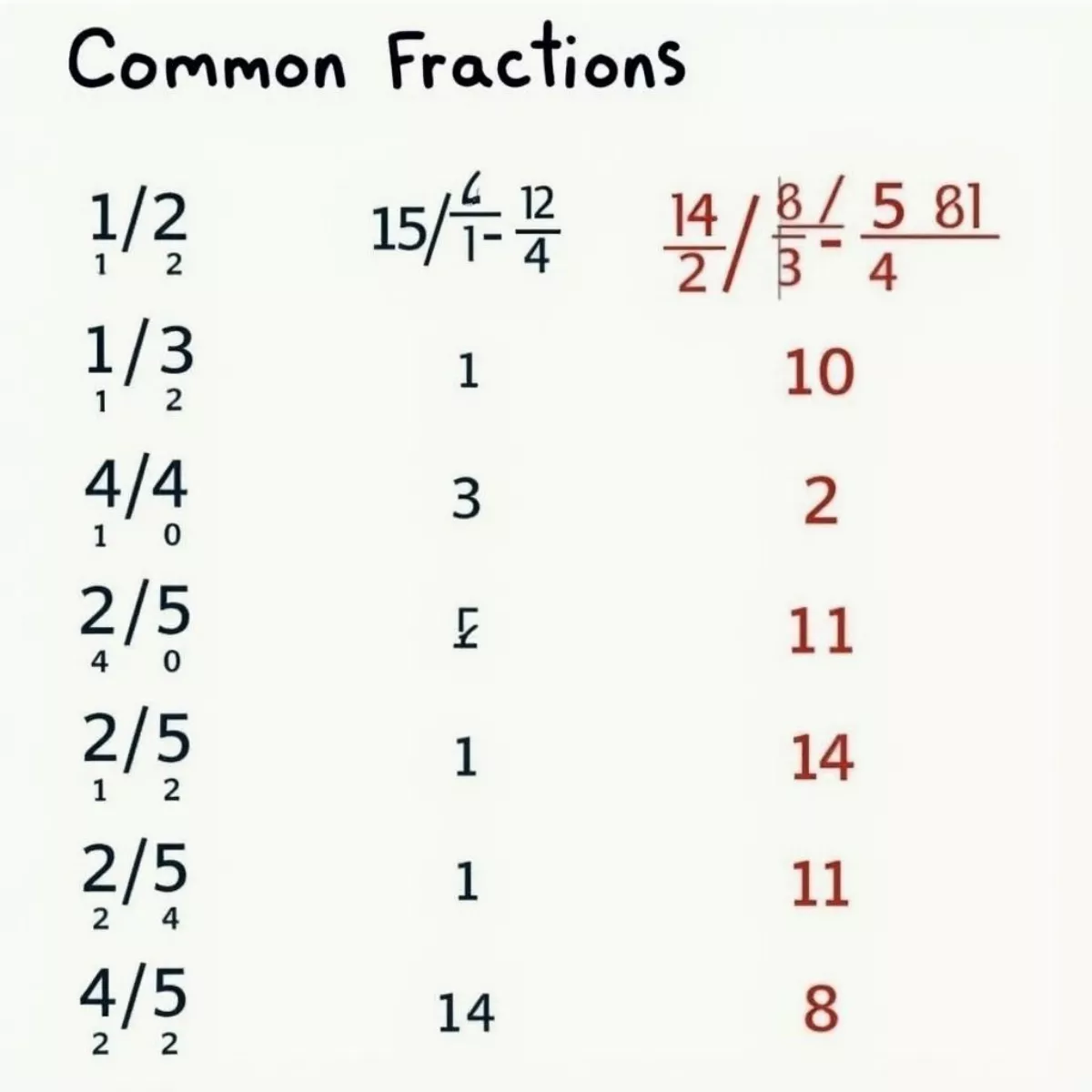 Table of common fraction and percentage equivalents
Table of common fraction and percentage equivalents Screenshot of an online fraction to percentage calculator
Screenshot of an online fraction to percentage calculator
 Outdoor Tennis Court
Outdoor Tennis Court Fine Dining at the Club
Fine Dining at the Club Family Picnic by the Lake
Family Picnic by the Lake
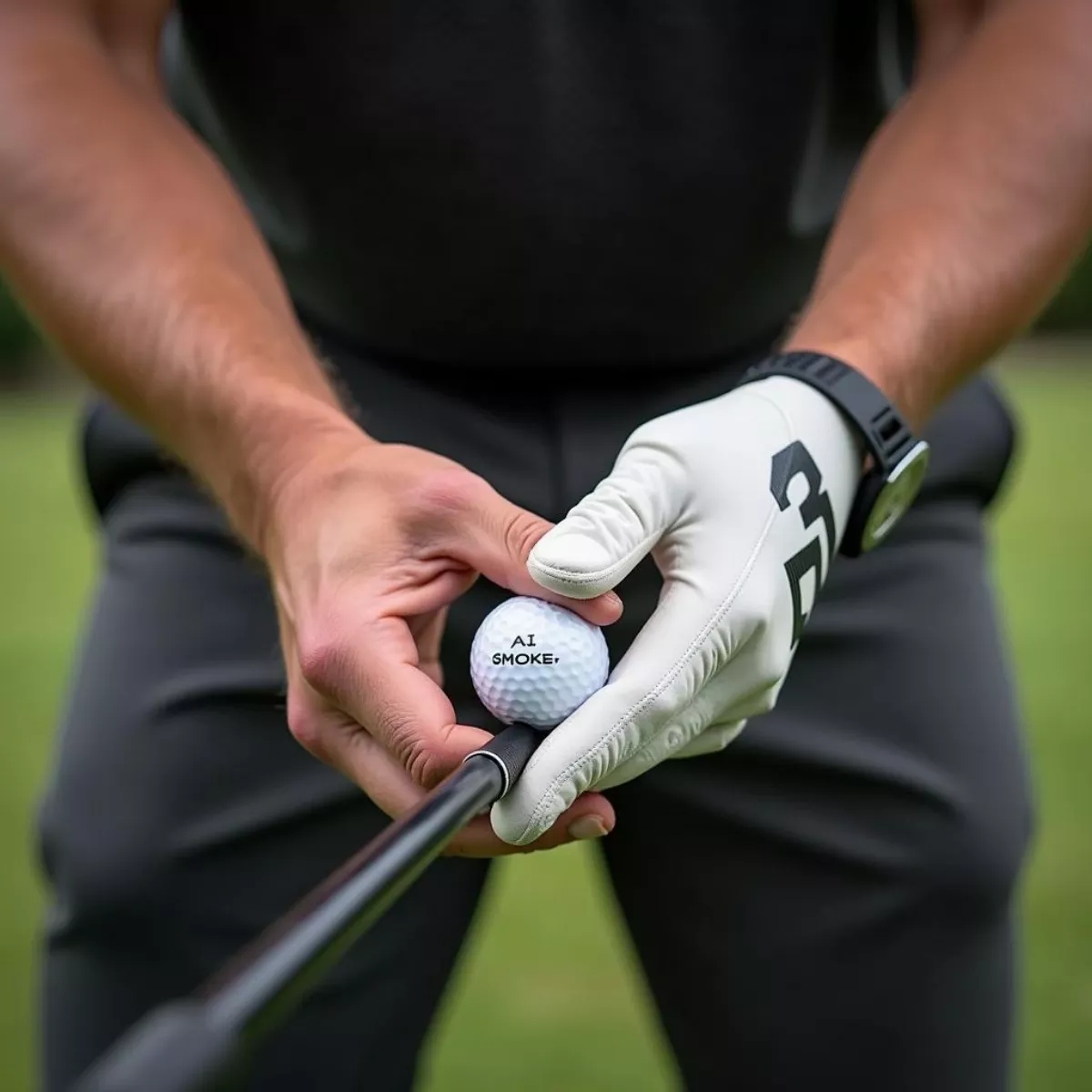 Golfer demonstrating proper grip and stance for 3 wood
Golfer demonstrating proper grip and stance for 3 wood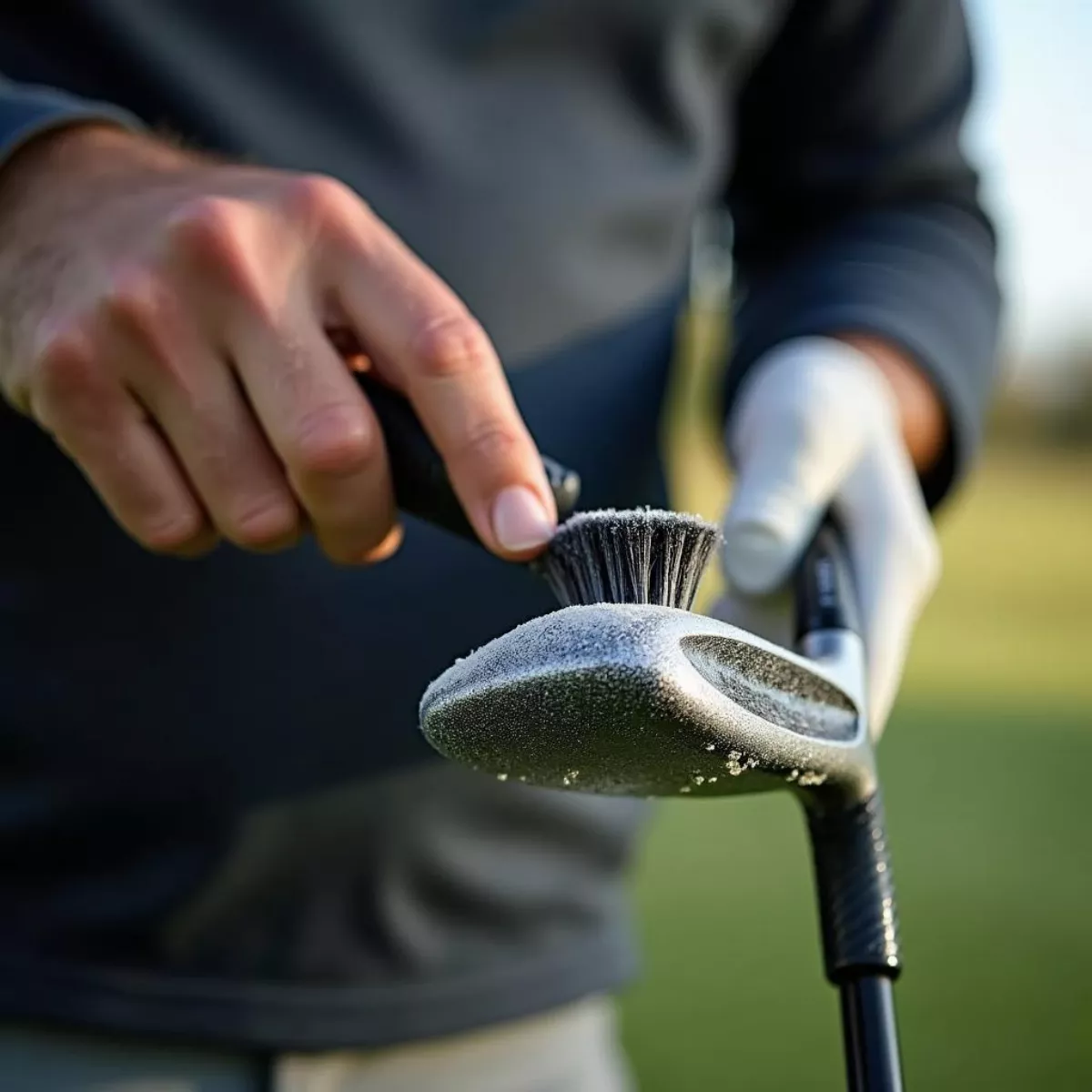 Cleaning the Paradym AI Smoke 3 wood after a round of golf
Cleaning the Paradym AI Smoke 3 wood after a round of golf
 Jose Altuve Hitting Home Run
Jose Altuve Hitting Home Run Jose Altuve Holding Bat
Jose Altuve Holding Bat
 Tiger Color Variants
Tiger Color Variants Bengal and Siberian Tiger Comparison
Bengal and Siberian Tiger Comparison Tiger Conservation Importance
Tiger Conservation Importance
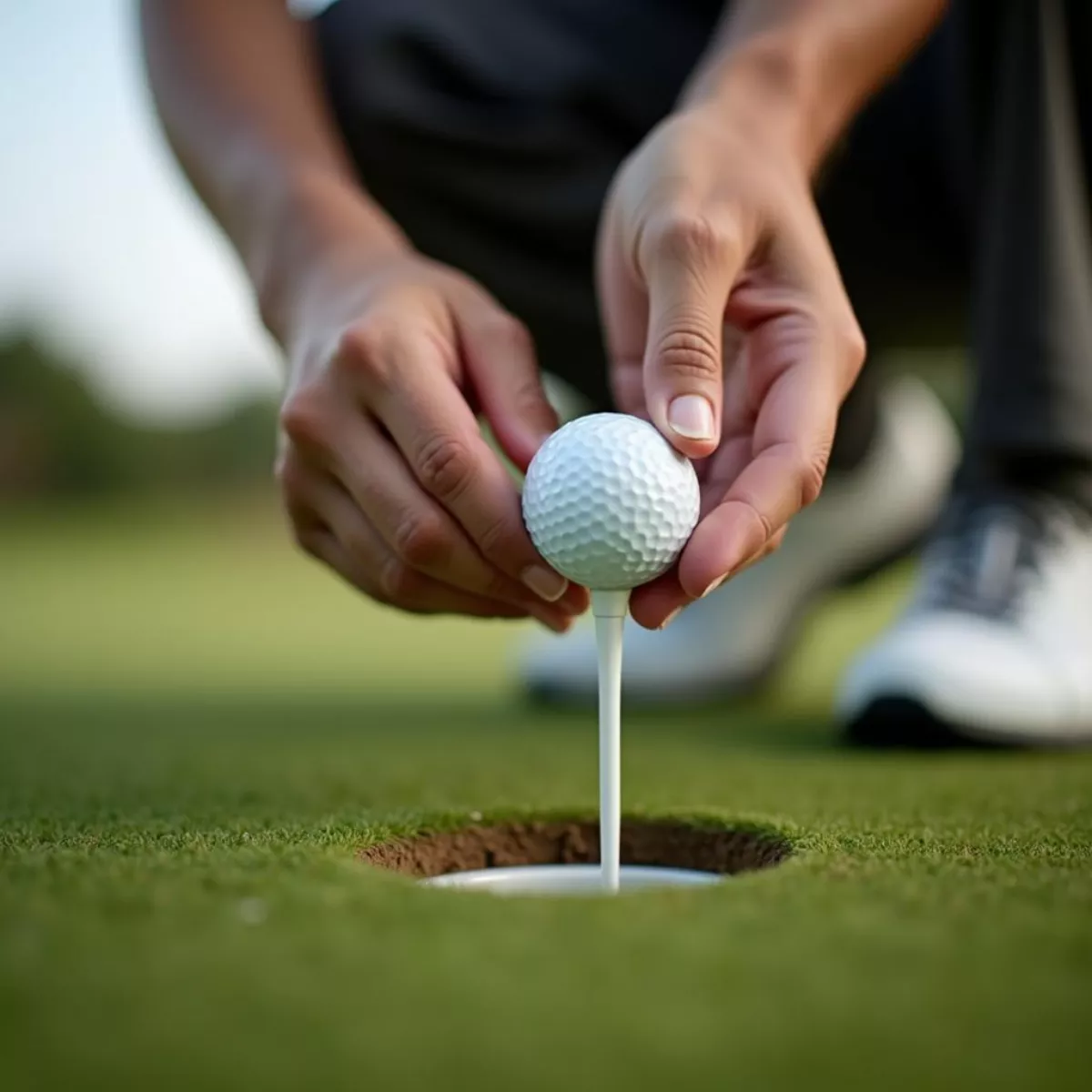 Golfer preparing to tee off
Golfer preparing to tee off Golfer celebrating a successful shot
Golfer celebrating a successful shot